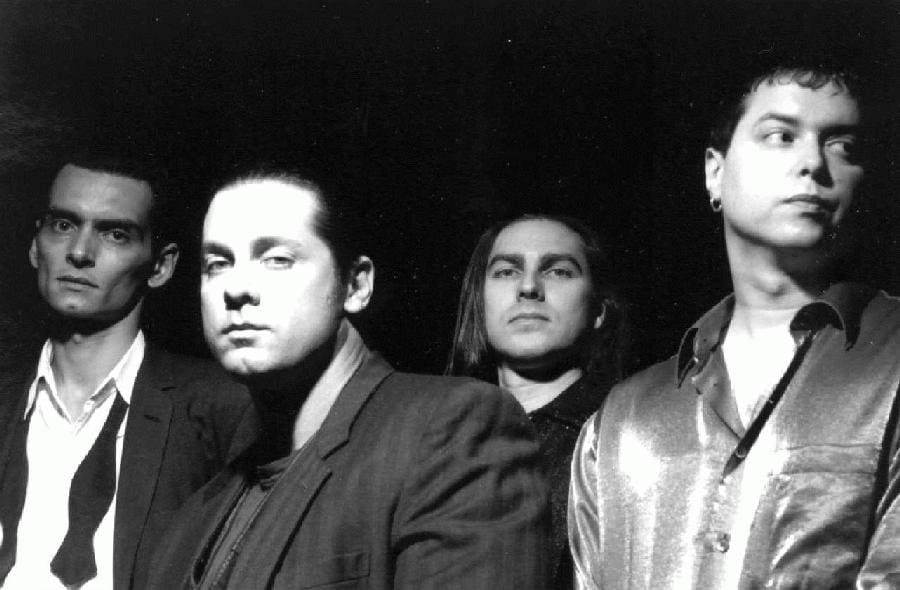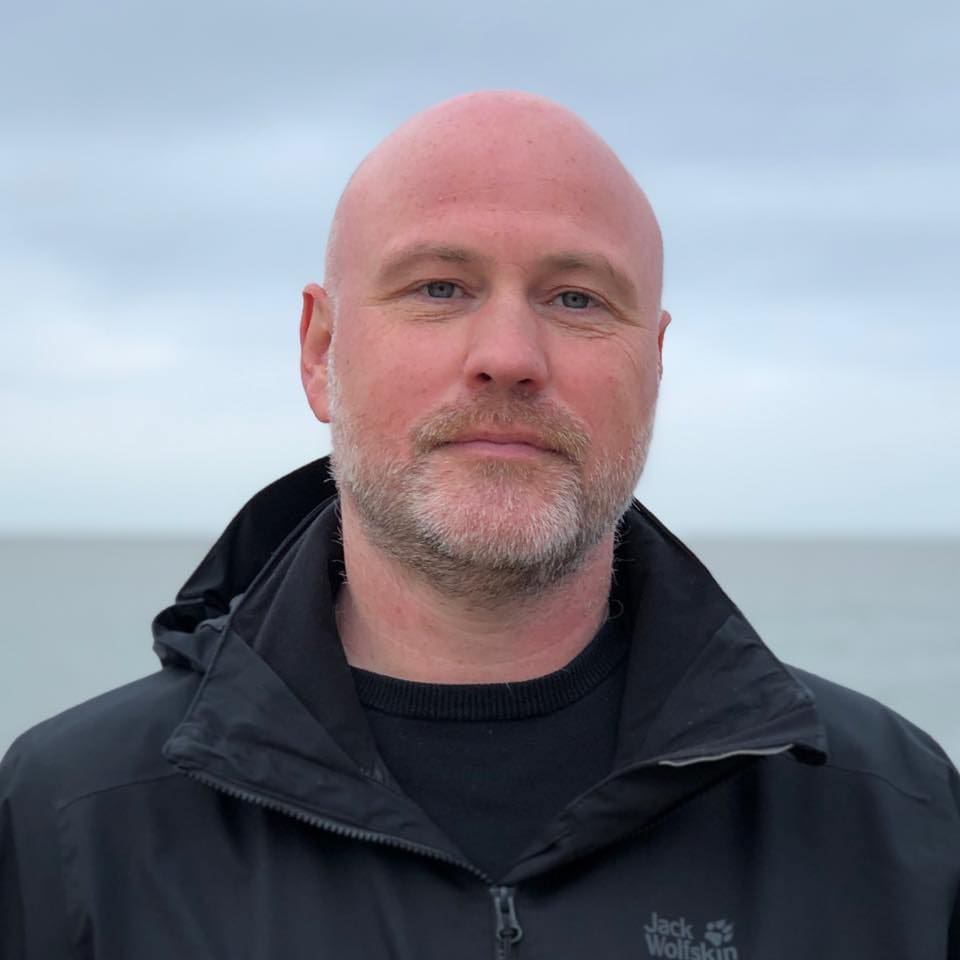Spahn Ranch sees reissue 1995 LP ‘The Coiled One’ – Out now


Spahn Ranch sees reissue 1995 LP 'The Coiled One' - Out now
(Photo by Abby Laspia) Today, Cleopatra Records has reissued the Spahn Ranch album “The Coiled One”. “The Coiled One” by the Los Angeles-based electro-industrial act was originally released in 1995, and now comes with 8 bonus tracks that include album recording session outtakes that have previously never been released in any form.
The material on this reissue was digitally remastered by Jürgen Engler of Die Krupps and is now available for the first time on vinyl in a limited edition colored version that includes the original 10 songs, as well as a limited digipak “The Coiled One: Deluxe Edition” CD version (that contains the 8 bonus tracks). “The Coiled One” will also be available on all digital and streaming platforms.
Additionally, a seldom seen video created by a European fan for the song “Heretic’s Fork,” is now available once more.
“The Coiled One” was Spahn Ranch’s second studio album. Co-produced and engineered by Judson Leach, the album also included programming by Matt Green and Rob Morton, with vocals by Athan Maroulis (currently of NØIR).
About Spahn Ranch
Spahn Ranch was established in 1992 in Los Angeles by Matt Green and Rob Morton, his collaborator from New York. They pooled their savings to launch the band, having already worked together musically for the previous five years. That year, they inked a deal with Cleopatra Records and debuted with a self-titled EP featuring four tracks, with Scott “Chopper” Franklin—who would later join The Cramps as a bassist—on vocals. Franklin had left another band to join Spahn Ranch on vocals.
In 1993, Athan Maroulis joined Spahn Ranch as a vocalist, and the band recorded their first album, “Collateral Damage”. Maroulis had previously formed the New York-based group Fahrenheit 451 (1984–1986), with whom he recorded his first commercially available album. Over the ensuing years, Maroulis established himself in a number of alternative musical genres including gothic, industrial and electronic. Stints with the Philadelphia-based Executive Slacks (1987–1990), as well as Tubalcain (1991–1993), followed.


They released their second album, “The Coiled One”, in 1995 amidst Morton’s exit from the band over creative and logistical clashes. Following his departure, the lineup grew to include Christian Death’s drummer David Glass, Screams for Tina guitarist Kent Bancroft, and Tubalcain drummer Harry Lewis. This expansion ushered in a darker, more diverse electro-industrial sound that became Spahn Ranch’s hallmark. By 1997, the band had streamlined to a trio comprising Green, Maroulis, and Lewis.
Throughout the late 1990s, Spahn Ranch continued producing music. Their 1997 album “Architecture” featured contributions from Killing Joke/Prong bassist Paul Raven and Rockats/Nancy Sinatra guitarist Danny B. Harvey, taking a more experimental turn with the introduction of drum and bass, dub, and live guitar elements. “Beat Noir”, released in 1998, furthered this experimental direction and included collaborations with Bauhaus/Love & Rockets bassist David J. In 2000, the band released “Anthology 1992–1994”, a compilation including their first four releases and previously unreleased tracks.
Their final album, “Closure”, was recorded in 2000 and released in 2001.
In less than 8 years, Spahn Ranch completed a total of 5 studio albums, 4 EPs and performed more than 200 concerts in over a dozen countries before calling it a day in late 2000.
Since you’re here …
… we have a small favour to ask. More people are reading Side-Line Magazine than ever but advertising revenues across the media are falling fast. Unlike many news organisations, we haven’t put up a paywall – we want to keep our journalism as open as we can - and we refuse to add annoying advertising. So you can see why we need to ask for your help.
Side-Line’s independent journalism takes a lot of time, money and hard work to produce. But we do it because we want to push the artists we like and who are equally fighting to survive.
If everyone who reads our reporting, who likes it, helps fund it, our future would be much more secure. For as little as 5 US$, you can support Side-Line Magazine – and it only takes a minute. Thank you.
The donations are safely powered by Paypal.







